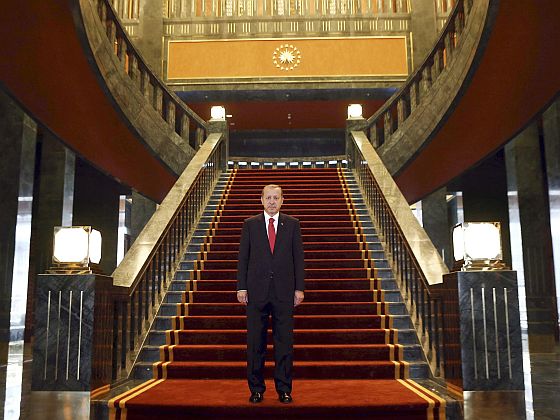IBT reports: Mehdi Masroor Biswas, who was arrested Saturday in the southern Indian city of Bangalore, was only a sympathizer of the Islamic State group, and was not directly involved in recruiting for the militant outfit, M.N. Reddi, chief of Bangalore police, announced at a press conference. Biswas will be produced before a judge within 24 hours.
Biswas was detained by local police earlier in the day after a search was triggered following a report from UK-based Channel 4, which revealed that he was managing a popular Twitter account sympathetic to ISIS. Biswas, “who was never directly recruited” or left the country, will now be charged under Section 125 of the Indian Penal Code (IPC) and Section 66 of the Information Technology Act, authorities told the media in Bangalore on Saturday. He will also be charged under the Unlawful Activities Prevention Act.
“Mehdi Masroor Biswas has confessed to the fact that he was operating @ShamiWitness Twitter account for the last many years,” according to a press release from the Office of the Commissioner of Police in Bangalore, which added that “he was particularly close to the english speaking terrorists of ISIS & became a source of incitement and information for the new recruits trying to join ISIS/ISIL.”
The 24-year-old man, who reportedly worked for a local office of ITC, a multinational conglomerate, was “only active in the virtual world,” Reddi said, at the press conference, adding that most of his 17,000 followers were from the UK. Indian authorities will also investigate Biswas’ online followers. [Continue reading…]
A #FreeShamiWitness campaign has already been launched on Twitter. Here’s one tweet which threatens kafir (“infidel”) journalists with decapitation:
All kaffir journalists take note:
1. Muslims do not forget
2. Jihadi John's knife is very sharp.
#FreeShamiWitness
— M-Shami-K (@y_dohak) December 14, 2014
But as @ShamiWitness and ISIS supporters speak out on Twitter, they highlight not only the extent to which their cause has been advanced by social media but also the fact that their favorite tool for propaganda is also indispensable for gathering intelligence.
Since some of these #FreeShamiWitness #daeshbags are too stupid to get off the Internet and destroy their hard drives, I expect more arrests
— WTF-Ette (@flr666) December 13, 2014

